The fate of stricken US investment bank Bear Stearns has highlighted the risks faced by financial institutions during the subprime crisis, and emphasised the need for good risk management
In a weekend that shocked investors worldwide, US investment bank Bear Stearns was the target of a dramatic eleventh hour rescue package following a liquidity crisis that nearly caused its collapse.
According to the Securities and Exchange Commission (SEC), on March 11, Bear had over $17bn in cash and ‘unencumbered’ liquid assets. ‘Beginning on that day, however, and increasingly throughout the week, lenders and customers of Bear began to remove funds from the firm, despite its stable capital position. As a result, Bear's excess liquidity rapidly eroded,’ explained the SEC.
On the weekend of March 15-16, the US Federal Reserve and JP Morgan Chase quickly rushed to the aid of Bear, Wall Street’s fifth largest investment bank. On March 16, JP Morgan agreed to buy Bear at a knockdown price—valuing it at just $2 a share. The Fed paid $30bn to help complete the purchase, significantly reducing JP Morgan’s risks. Stock markets around the world dropped sharply when trading resumed on Monday.
The arrangement by the Fed reportedly marked the first time in 40 years that the US central bank has agreed emergency financing to any financial institution other than a commercial bank. It appears that Fed officials took the decision because of the systemic risks involved in the potential collapse of a major investment bank at a time of such extreme pressure in the markets.
“The US authorities showed exactly how far they are prepared to go to avoid the systemic risks of a major bank going under when they announced two initiatives designed to bolster market liquidity in the wake of the crisis.
The US authorities showed exactly how far they are prepared to go to avoid the systemic risks of a major bank going under when they announced two initiatives designed to bolster market liquidity in the wake of the crisis.
First, the Fed created a special lending facility to improve the ability of primary dealers to provide financing to participants in securitisation markets. Second, it approved a request by the Federal Reserve Bank of New York to decrease the primary credit rate from 3. 5 % to 3.25 %.
‘These steps will provide financial institutions with greater assurance of access to funds,’ Ben Bernanke, chairman of the US central bank told the Financial Times.
The Fed said in a release: ‘Liquid, well-functioning markets are essential for the promotion of economic growth.’





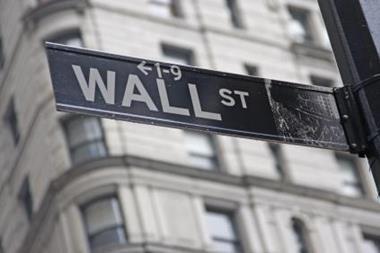

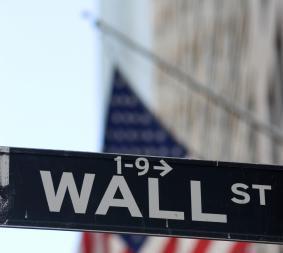

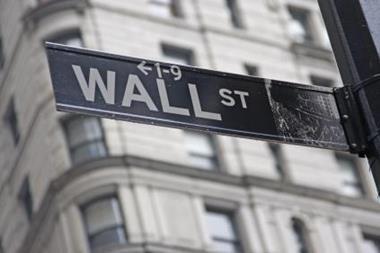
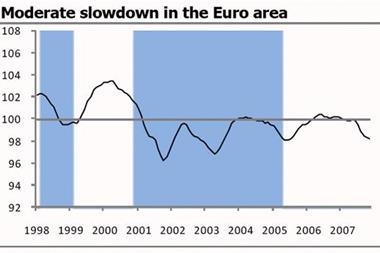
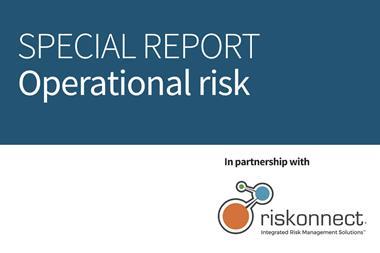




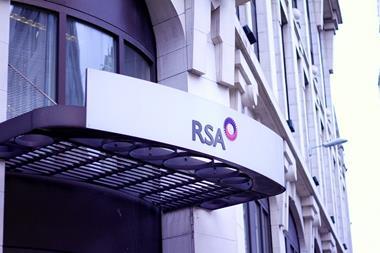



No comments yet